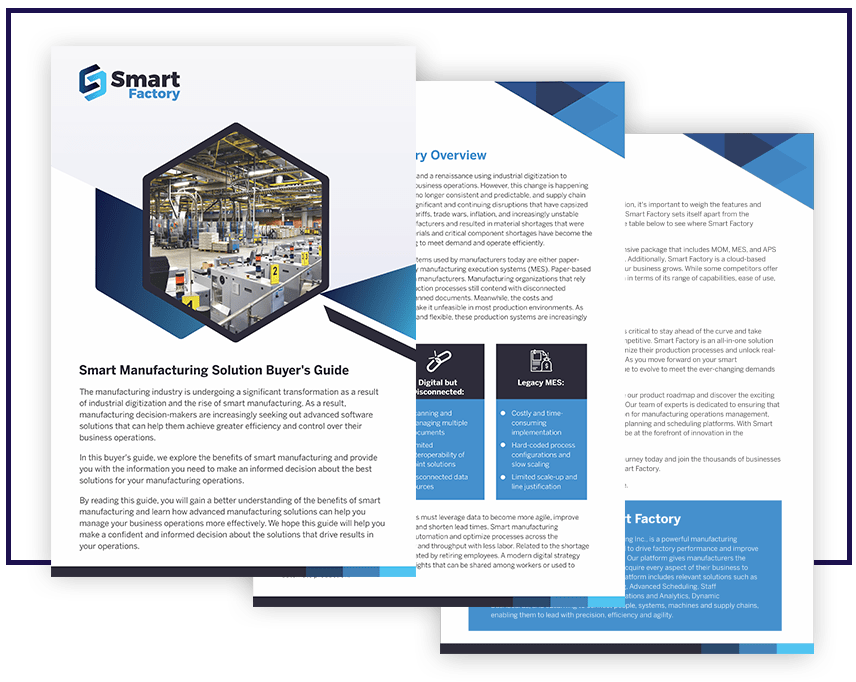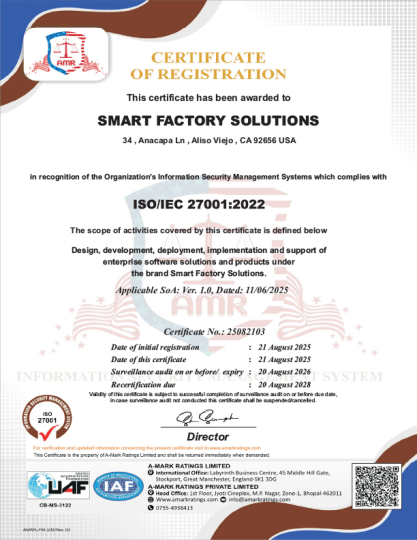A Supply Chain: What Is It?
An Understanding of a Supply Chain
Which Are the Principal Models of the Supply Chain?
Supply Chain for Manufacturing
- Locating and assessing vendors.
- Establishing guidelines for the materials’ quality.
- Ensuring that the correct amounts are bought on schedule
Process of Supply Chain Manufacturing

Planning
At this stage, businesses create a plan outlining how their goods will meet the requirements and needs of the consumer. The primary goal is to establish a system that maximizes earnings.

Sourcing
Building ties with suppliers is the primary goal of this phase. Reliable suppliers significantly enhance the productivity of industrial activities. Several strategies for raw material delivery, payment, and shipment are also planned during this phase.

Returns
Handling the return of a damaged product is the final step in the supply chain manufacturing process. Careful consideration is required to adopt adaptable and practical supply networks for managing returned goods. During this phase, customer care staff must also address complaints and inquiries from customers.

Delivery
After orders are accepted, delivery arrangements are made during this logistics stage. Warehouse establishment, carrier selection, and invoicing system setup are all completed during this phase.

Production
This phase encompasses design, manufacturing, testing, packaging, and product distribution. It provides businesses with crucial information to assess productivity, output, and quality standards.
Industrial Supply Chains’ Effect on Enterprises

Economical Effectiveness
A significant portion of a company's expenses is usually attributed to the direct cost of manufacturing items. Businesses can achieve cost savings and maintain or grow their profit margins by optimizing their supply chain operations and processes, all while providing customers with competitive rates.

Production and Delivery Speed
Client loyalty may rise when orders are fulfilled more quickly, thanks to a quick production process. Furthermore, companies can swiftly adjust their operations to meet shifting demand and outperform slower rivals by having a flexible manufacturing supply chain.

Quality Assurance
The quality of an organization's production process and the final products are inextricably linked to the supply chain, from raw materials to the stages directly involved in manufacturing. Better assembly techniques, materials, and higher-quality control checks enable companies to produce goods that satisfy consumer demand and win over new ones.

Risk Management
Should interruptions occur, such as those brought on by natural catastrophes or breakdowns in international trade, a corporation that relies on a susceptible supply chain may find itself without materials. Businesses can minimize risks and maintain a seamless manufacturing supply chain even amid industry slowdowns by establishing backup plans and supply chain contingencies, such as partnering with several suppliers.

Encourage a Culture of Excellence to Gain a Competitive Edge
Establishing a quality culture centered on client happiness, cost reduction, and product innovation can be achieved by integrating supply chain management into production operations. This provides a competitive advantage by offering better services and goods.

Take Advantage of Digital and Autonomous Supply Chain Opportunities
Real-time monitoring of capacity, demand, and supply by manufacturers through digital supply chains enables them to make better decisions and respond to market shifts more quickly. Autonomous supply chain processes enhance customer service, cut costs, and improve inventory accuracy, allowing manufacturers to improve the efficiency and dependability of their supply chains through technology
Logistics Management for Business Versus Supply Chain Management
- Effectively transport, store, and distribute commodities.
- Ensure that the flow of goods is uninterrupted at every stage of the supply chain.
- Organize data or products and services.
- Boost client satisfaction as a result.

We help you to select the best option
Best Practices for Supply Chain Management

Encourage cooperation among all participating companies

Create measurements to gauge effectiveness

Reduce waste and expedite inventory

Build a supply chain that is robust and has short cycles

Integrate technology into the supply chain
What Is the Flow in Manufacturing Costs?
Manufacturing Supply Chain Solutions
Having Trustworthy Suppliers Is Essential
How Can You Use Smart Factory Mom to Manage Supply Chain Risks?

Monitor Supply Chain Performance
Smart Factory uses data from different sources like sensors, ERP, MES, CRM and PLM to monitor your supply chain performance in real time. The Analytics module of the Smart Factory MOM provides live dashboard and reporting to track key performance indicators (KPIs) such as inventory levels, quality metrics, production downtime, and more. These KPIs enable you to address specific issues before they start impacting the overall performance.

Optimize Supply Chain Planning
Smart Factory MOM possesses advanced features and functionalities that help in accurate production scheduling, resource allocation and balanced supply and demand. A MOM solution, in general, can be used to simulate the impact of a potential disruption like supplier failure, a huge surge in demand or a new regulation.

Integrate Supply Chain Processes
With Smart Factory MOM, you can effortlessly share critical data, insights, and information across the entire manufacturing value chain, including suppliers, customers, partners, and regulatory bodies. The Smart Factory MOM solution has the ability to automate workflows, synchronize actions, and align objectives across the production lifecycle. This level of integration ensures a streamlined and synchronized manufacturing process.

Innovate Supply Chain Solutions
Smart Factory MOM solution transforms your supply chain solutions with advanced technologies like predictive analytics, and Internet of Things (IoT). These advanced technologies can be used to create new value propositions like customized products, smart solutions and circular economy models. Innovation in supply chain solutions ultimately lead to increased customer loyalty and satisfaction.




